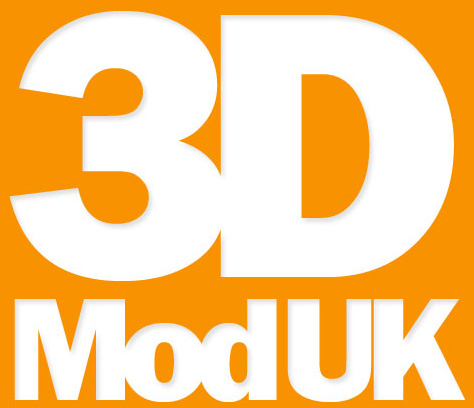I have a blade blank that I bought from Heinnie which I haven’t yet made a handle for. As I am getting more and more into 3D printing I thought – why not 3D print my own knife handle – so this is my attempt at created a knife handle from design through to printing.
01:14 – Step 1 – Photos and Measurements
I take photos of the knife so I can accurately determine the size of the kind handle and also use one of the photos as a template to work with in the preparation of my 3D knife handle object.
02:42 – Step 2 – Cutting Out The Template
I import a photo into Photoshop, trace around the image, cut it out and save it as a PNG with transparent background.
04:20 – Step 3 – Tracing an Image as an Object
Using Fusion 360 to import the PNG, resize and trace the image, create an object and extrude it to the appropriate depth.
Fusion 360 is free for personal use and you can download it from here: https://www.autodesk.co.uk/products/fusion-360/personal
10:38 – Step 4 – Adjusting the Models Surface
Using Blender to import the model and adjust the surface to create a unique textured effect by adjusting the splines and vertices.
16:04 – Step 4.1 – Personalising the Knife Handle
I convert a text layer to a mesh so I can include my initials in a discreet position on the knife handles surface.
This is quite an interesting part of the process as I need to create a Boolean Modifier so that I can exclude or cut one shape from another.
This gives me the ‘cut out’ of my initials in the handle itself.
18:55 – Step 4.2 – Exporting the STL File
I can now export the finished model as an STL file in preparation for printing.
It is important when using Boolean modifiers to export only the main selection so as not to include the object you’re excluding or cutting out of the main shape.
19:50 – Step 5 – Slicing the STL file for printing
Using Repetier, I import the knife handle model and export it as a .GCODE file ready for printing
21:18 – Step 6 – Sending the GCode file to the printer
Using OctoPi to send the GCode file to the printer for printing.
22:40 – Step 7 – Printing the Knife Handle
Watching the print via OctoPi timelapse.
22:54 – Results of the First Attempt
An okay first attempt but its too thin at only 3mm and the detail of the print isn’t quite good enough.
24:13 – Step 8 – Making the Knife Handle Thicker
Using Blender to get a thicker handle by increasing the height of the model.
28:23 – Step 9 – Preparing for Printing by Slicing in Cura
Comparing the thickness of the version 1 handle to the new handle prior to slicing and exporting as a GCode file.
30:19 – Step 10 – Sending the thicker handle to print
Once again, using OctoPi to send the newer and thicker version of the handle to print.
30:50 – Step 11 – Printing the thicker knife handle
We observe, using OctoPi timelapse, the Artillery Sidewinder X1 printing the knife handle.
31:13 – Step 12 – Printing the other side of the handle
As the previous print was successful. I used Blender to mirror the model to create the handle for the other side and repeated steps to export, slice and send the model to the printer to print the other side.
31:35 – The finished knife handle
Finally, we get to see the end result – the knife handle attached to the blade itself – and what a result it is.
All in all from start to finish this project is well over 30 hours work and its amazing how much time projects like this can take.
Heinnie Blade Blank Damascus
https://heinnie.com/blade-blank-tanto-12in-damascus?utm_source=3DMODUK
Knife Stand (Large 9cm)
https://heinnie.com/spyderco-clipit-knife-stand?utm_source=3DMODUK
They also do a small version which is 6.5cm.
I really enjoyed this project as not only did I finally achieve a knife handle for my gorgeous Damascus Tanto, I also learned a lot from this entire process.
Thank you for watching.
